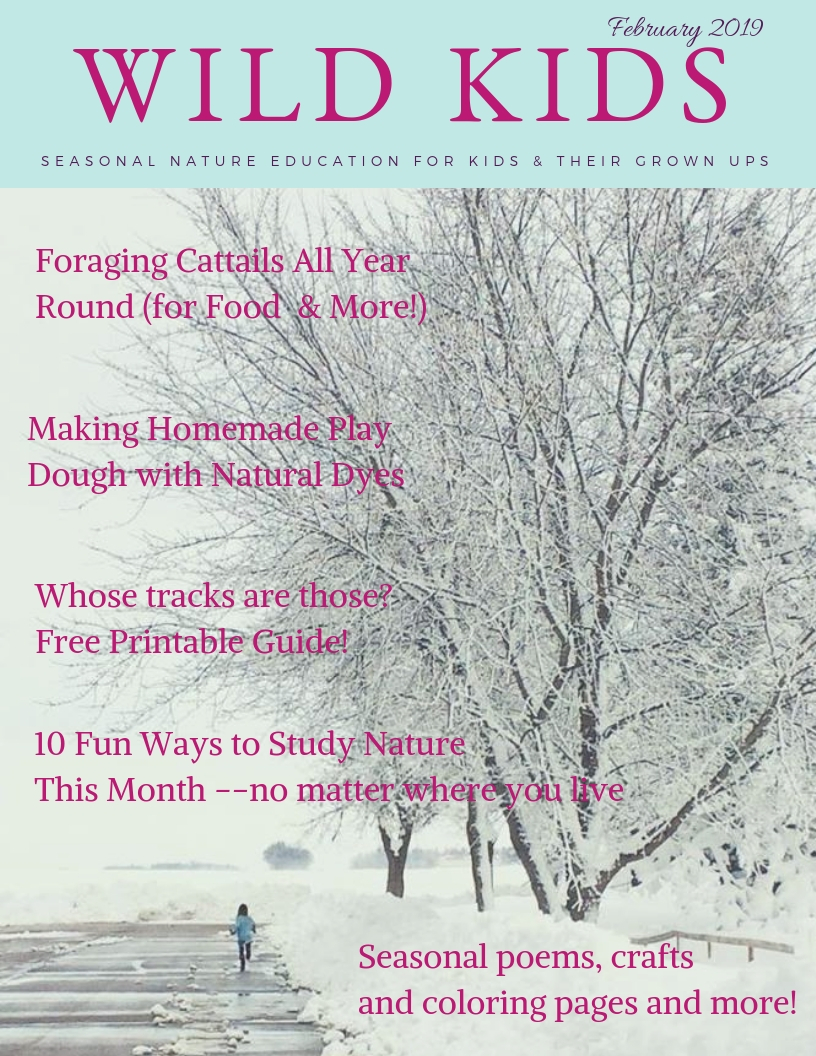
Wild Kids Magazine for February
Here is the February issue of Wild Kids Magazine!
This month’s issue is longer than usual at 22 pages, in PDF format.
This issue includes an article on foraging cattails by 15 year-old Johnathon, instructions for making homemade play dough with all kinds of natural ingredients to use for dye, foraging coloring pages for burdock and mullein, a six-page printable animal and bird track ID guide, 10 ways to have fun with nature this month, seasonal poems, a February nature journal and more.
You can download the PDF or read it online here:
Here are some great pages to help you learn more about this month’s themes.
Freezing Bubbles
You can learn how to freeze soap bubbles in extreme cold temperatures at A Magical Homeschool, where you can also watch a video of some beautiful frozen bubbles, learn the science behind them, and find out how to freeze bubbles in warm climates (using your freezer).
Foraging Cattails (Bulrushes)
Ethnobotanical Leaflets has a wonderful guide to The Incredibly Usable Cattail that has lots of information on how Native American tribes used all of the parts of cattails for food, medicine and more.
Wikipedia has general information on cattails, their latin names, ranges, and many uses.
Using Cattails for Food
Foraging author and teacher Pascal Baudar shares an excerpt from his wonderful book The New Wild Crafted Cuisine with all kinds of information on foraging cattails in all seasons, with recipes.
Pizza Goon has a great post sharing a wild pizza he and his kids made with cattails and other wild spring foods they foraged.

Mother Earth News has a great article on using all the parts of cattails, along with recipes. (Note that this article, like many others, incorrectly states that cattail starch contains gluten. It does not contain gluten and should be safe for people who are allergic to wheat and gluten. See Does Cattail Starch Contain Gluten? for more information.)
WildeRix has a wonderful step-by-step post about cooking “cat on the cob” and other ways to enjoy the immature flower spikes.
Hunger and Thirst has great information on foraging cattail pollen for flour and how to use it.
The3Foragers (a wonderful family foraging blog) has information on how to harvest and enjoy cattails numerous ways. You can also find their cattail flower bread recipe here.
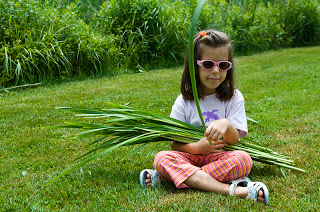
Foraging Texas has great information on how to use every part of cattails, with lots of photographs and detailed instructions.
Laplander’s Natural Lore Blog has basic instructions for how to make cattail pollen bread with just two parts self raising flour, one part cattail pollen, water and a pinch of salt.
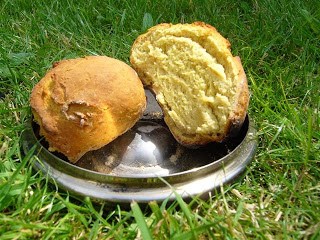
Using Cattails for Crafts
The Druid’s Garden has a wonderful step-by-step tutorial teaching you how to make paper from cattail fluff.
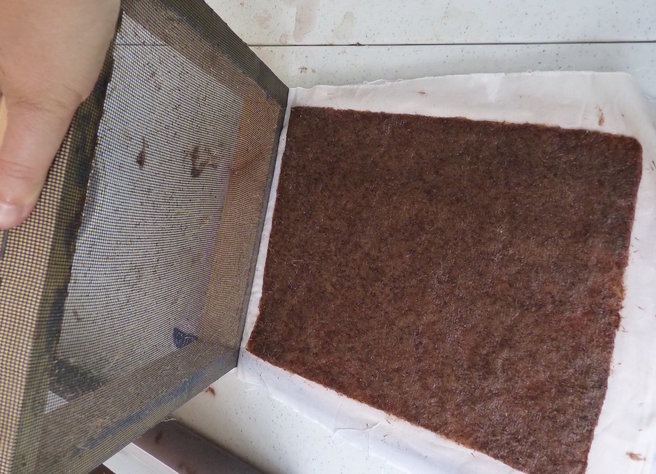
Katie Grove Studios takes you step-by-step to show how to process cattail leaves for weaving projects.
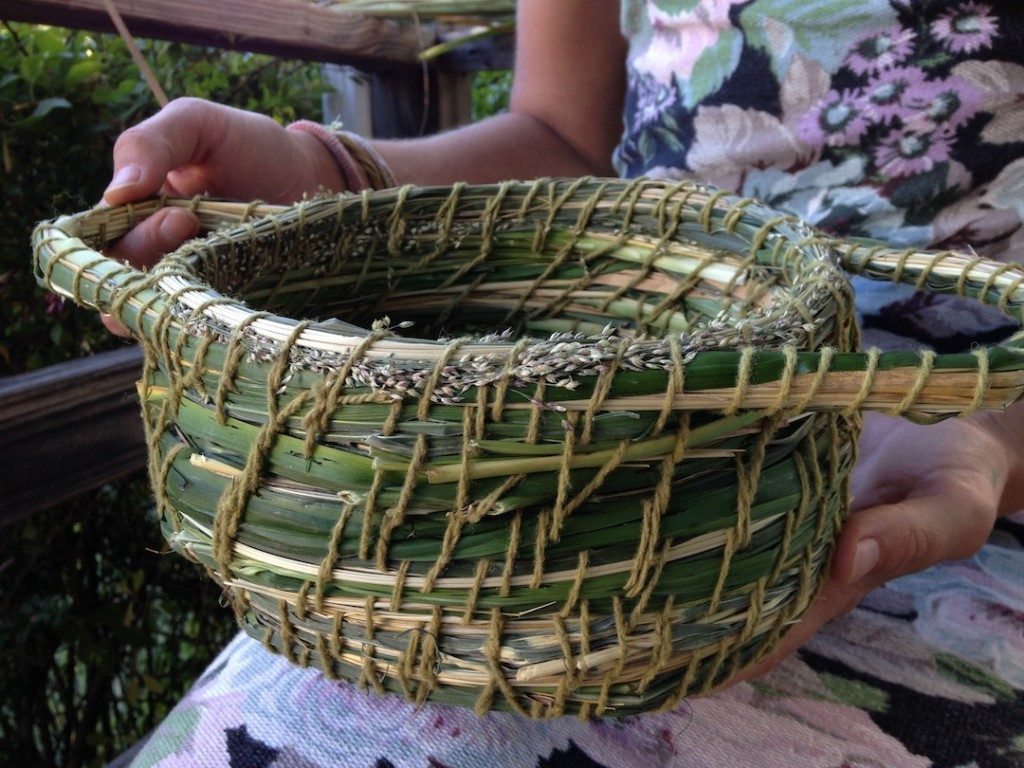
Urban Prepper Chick has links to all kinds of other fascinating ways to use cattail leaves.
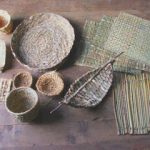
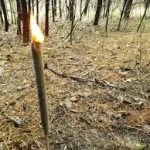
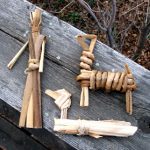
Foraging Mullein
You can find great information on how to identify mullein and its common medicinal uses at Patchwork Radicals.
New Zealand’s T.E.R.R.A.I.N. has great identification photos and lots more information on mullein.
Foraging Burdock
Practical Self Reliance has a fantastic guide to using burdock as food and medicine, including the stalks, leaves, roots and even flowers, with recipes.
Foraging Texas has very good photographs to use for identifying all of the parts of burdock and its look-alike, the cocklebur plant (which you’ll see is not really a look-alike once you compare the leaves). Don’t pay too much attention to the text, though, as it incorrectly says that burdock is rare and says that you can make a crown from the burrs. You could, but it would be a terrible idea! 🙂
Sacred Earth also has detailed information on burdock’s traditional uses as food and medicine, along with recipes.
Studying Animal Tracks

The U.S. Department of the Interior has some great simple instructions on how to make plaster casts of animal tracks.
Printable Wild Plant Guide
Here is a blank printable plant guide that we’ve made up for kids (or grown ups) to use for in-depth  information about wild plants they forage or would like to forage. These are great to keep in nature journals or kids can create their own foraging scrapbook or “materia medica” (medicinal plant journal) just for their foraging adventures.
information about wild plants they forage or would like to forage. These are great to keep in nature journals or kids can create their own foraging scrapbook or “materia medica” (medicinal plant journal) just for their foraging adventures.
You can download and print out as many printable foraged plant information sheets as you need here:
Kids can use the printable forms to draw detailed pictures of the parts of the plant (such as the leaves, the bark and the roots), along with drawings of what the plant looks like in general.
There are spaces for them to write out safety warnings and note the ways to tell the plant from any dangerous look-alikes (remember to list other ways besides just appearance, like whether the plant has a noticeable smell or if it flowers in a different season from a look-alike).
There are also spaces for kids to record the plant’s latin name, range, seasons, parts used, and more.
The bottom of the page has room for kids to make notes of when they foraged the plant (date, which part, and how it was used), and a space for them to rate the plant with stars for how useful, tasty or beneficial they thought the plant was.
Please share the magazine with anybody who might be interested.
Happy February!

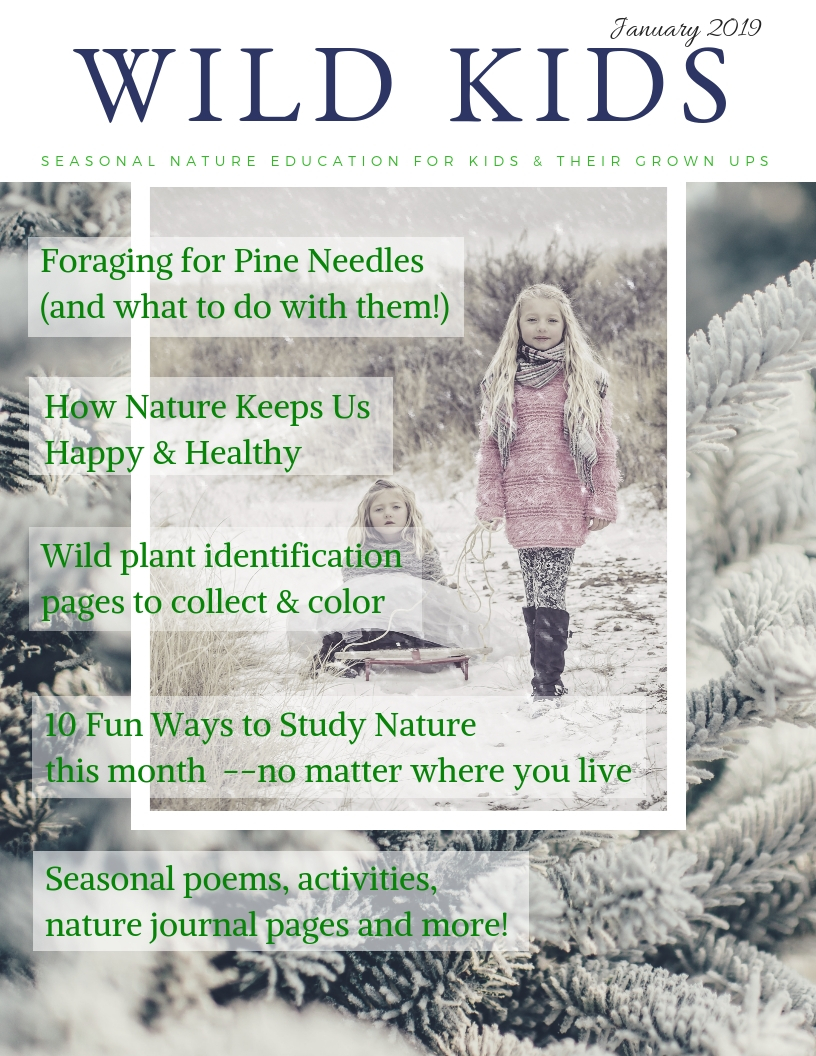
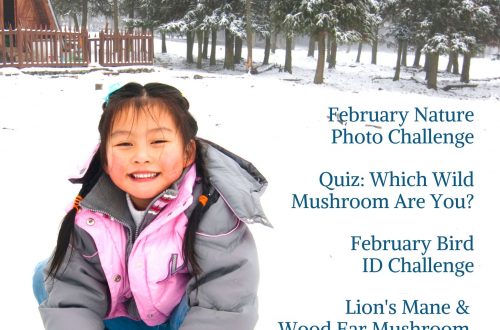
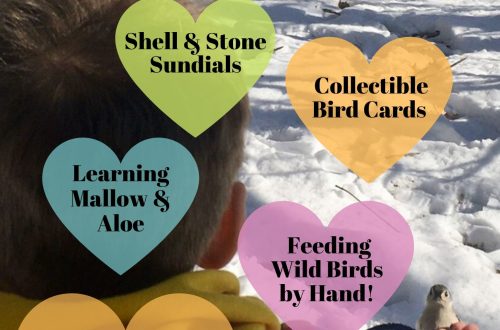

8 Comments
Pingback:
Judy megura
Does this come in magazine form? Would love a subscription for myself and friends children…Info. please peace Judy
Alicia
It doesn’t come through the mail, if that’s what you mean. Since it’s free and just something I do as a gift for others, I don’t have a way to do a mass printing or mailing that would be affordable. You can print it out on a color printer and either staple the sides or put it in a report binder (those types with clear covers and a plastic slide to hold them all together — I’m not sure what they’re called?). You can usually print things in color fairly cheaply at public libraries or copy shops. Hope that helps!
Tonya
I would so love to be able to order this magazine also.
Ally Rogers
I am so excited about this. Thank you for making this!
Alicia
I’m so glad! You’re welcome. 🙂
Eirene
Oh, how I love this magazine! I wish I would have found something like this when my children were homeschooled some 15 + years back. It would have opened new and additional worlds. We learned a lot about nature but this would have been a great “curriculum”. Thanks so much for all the work you are putting into this and making it available to the world.
Alicia
I’m glad you like it! Thanks for the sweet note. 🙂